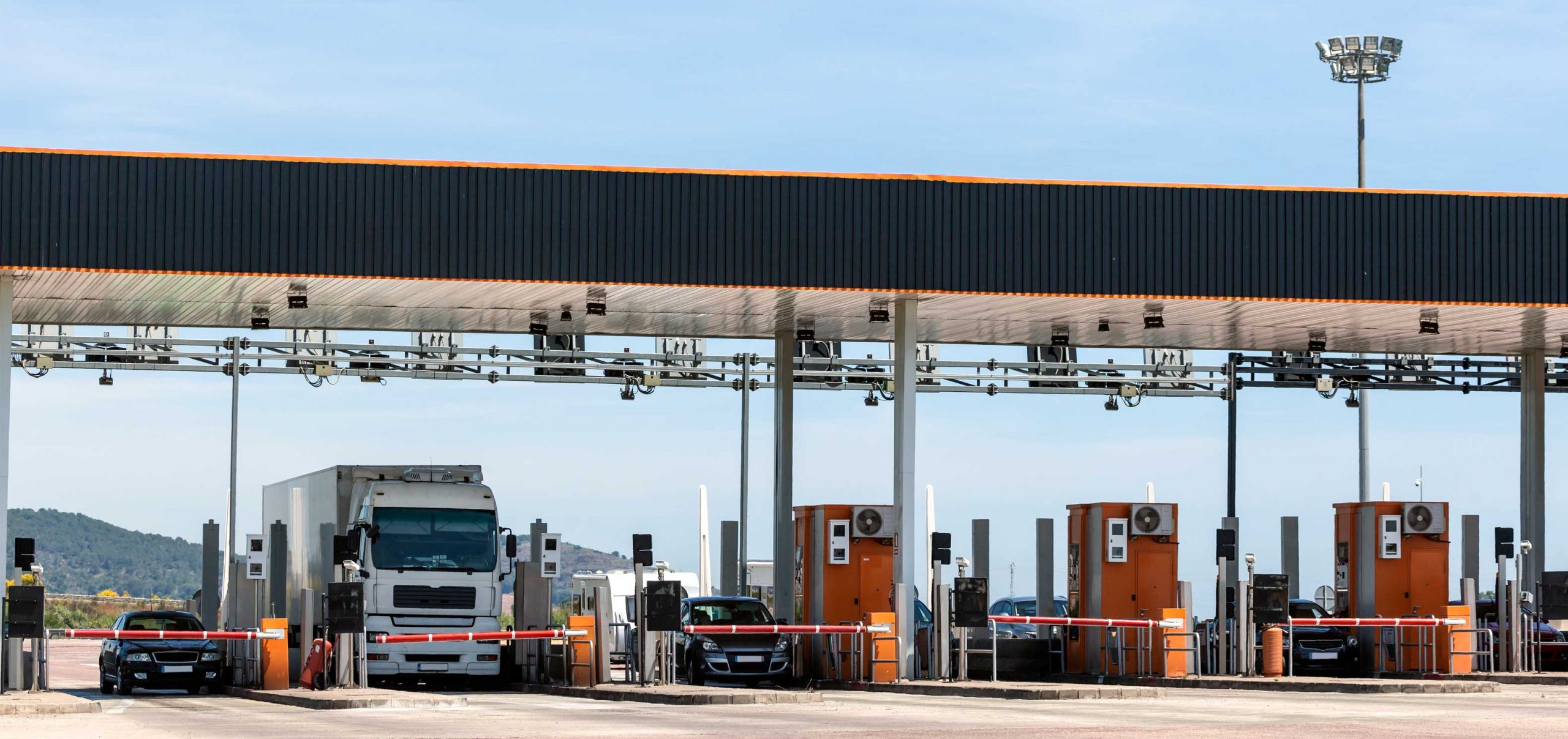
<!--[CDATA[
There will be a lot of changes to the tolls in Europe in 2018 – unfortunately the trend is almost always upwards. What reforms can fleet operators and truck drivers expect? A selection of important new regulations in individual countries.
Belgium
In Wallonia, there are changes in toll tariffs and new toll roads are being added on the national roads N14, 35, 42, 43, and 73. In addition, a special toll for Euro VI vehicles is planned in Flanders and on the highways of Brussels. The difference between Euro V and Euro VI trucks will be one cent from then on. In addition, the toll will be extended to small tractor units of 3.5 tons or less from vehicle category N1. On-board units (OBUs) are then mandatory for these vehicles. In addition, changes in the fines for toll violations are also impending.
Germany
The Federal Republic is considerably extending the charged portion of its road network. By July 1, 2018, all federal highways will be added. That amounts to nearly 36,000 kilometers’ worth of toll roads to-be. Thus, the toll network in Germany will then comprise a total of 51,000 kilometers of trunk roads. According to Toll Collect, the new regulation affects approximately 35,000 more companies with about 140,000 vehicles. Together with the reform, toll collection will be centralized. In the future, the 1.1 million OBUs will only transmit driving or position data and vehicle multiples to the central office. The data center will then calculate the tolls. The software of the OBUs will be updated via mobile communications due to the changes. Accordingly, a visit at a workshop will not be necessary. For drivers and companies that are rarely on German roads, in addition to manual entry via the internet or toll booth terminal, there will be an app for Android, iOS, and Windows Phone starting in spring of 2018 .
Estonia
The northern European country introduced a toll for trucks over 3.5 tons gross vehicle weight in 2018. This applies to the entire road network and depends on the number of axles, the permissible gross weight, the pollutant class, and the period of road use. The toll is between 9 euros a day and 500 euros a year for trucks between 3.5 and 12 tons and 12 euros a day and 1,300 euros a year for trucks over 12 tons.
France
In "la république," efforts are again being made to introduce the 2014 ecotaxe that was tossed out in a modified form, namely at the regional level. In July 2017, Transport Minister Elisabeth Borne told the business paper "Les Echos" that she was open to the offer of some regions to test a truck tax on certain sections of their territory. The reason for this swing of the new government away from the line of the previous administration is the lack of money for the maintenance of the national roads. Opponents of these scenarios include the major road transport and logistics associations Fédération nationale des transporteurs routiers (FNTR) and L'Union des entreprises de Transport et Logistique de France (TLF). However, they indicated they will accept a toll for foreign trucks on French roads.
Italy
Up – this is the direction of tolls on almost all highways on the boot. The A5 between Aosta and the Mont Blanc stands out: here the toll was raised by a court decision by 52.69 percent. It’s now 8.40 euros, whereas before it was 5.60 euros. Overdue infrastructure projects are the reason for the high toll adjustments of Milano Serravalle-Milano Tangenziali S.p.A. (13.91 percent) and in the area of responsibility of the Strada dei Parchi S.p.A., i.e. the A24 and A25. Here, an additional 12.89 percent is due. The Brenner motorway costs 1.67 percent more. The aggregate average of all increases amounts to 2.74 percent compared to 2016.
Austria
The truck toll in the Alpine Republic will rise by one percent in 2018. The Motorways and Freeways Finance Corporation (Asfinag) can thus expect an additional 30 million euros in revenue, as evidenced by the assessment documents on the toll tariff regulation. The relief remains for trucks that meet the Euro VI standard. They have to pay two percent less than other heavy vehicles. This ensures a relief of a total of 20 million euros. In addition, no further contribution is made to the external costs of air pollution for these vehicles.
Poland
The toll system viaTOLL is to be nationalized. This was decided by the nationalist-conservative government. For this reason, inter-industry organizations fear chaotic conditions when switching operators in November 2018.
Slovenia
The toll system in Slovenia looks set to begin in 2018, when the new toll system DarsGo will be in use. Therefore, every vehicle over 3.5 tons needs an OBU and has to be registered for DarsGo. Old DARS cards and ABC toll boxes are no longer usable.



